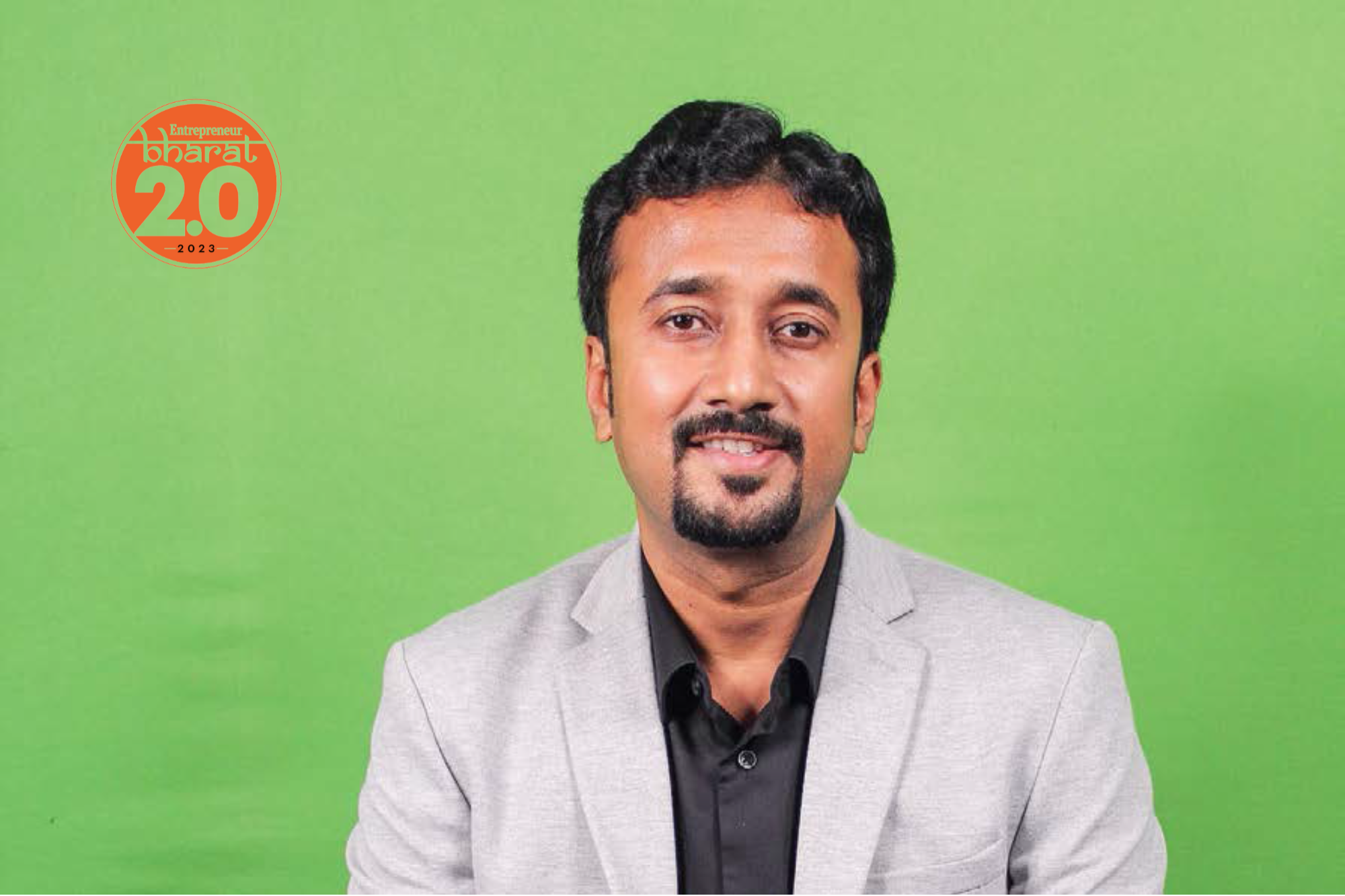Evolving Academic Scenario With New Education Policy 2020The policy has been drafted keeping in mind that both school and college education have to be more holistic, flexible, multidisciplinary, suited to 21st century needs and aimed at bringing out the unique capabilities of each student
Opinions expressed by Entrepreneur contributors are their own.
You're reading Entrepreneur India, an international franchise of Entrepreneur Media.

With the Union Cabinet's approval for the much-discussed New Education Policy (NEP), 2020, learning and teaching processes in the country are all set to undergo fundamental changes. By approving the NEP 2020, the Cabinet led by Prime Minister Narendra Modi has paved the way for large-scale, transformational reforms in both school and higher education sectors. This is the first education policy of the 21st century and replaces the 34-year-old National Policy on Education (NPE) of 1986.
The new education policy is built on the foundational pillars of accessibility, equity, quality, affordability and accountability. This policy has been framed in such a way that it gets aligned to the 2030 Agenda for Sustainable Development and has a goal to change into a vibrant knowledge society and global knowledge superpower because the ongoing coronavirus pandemic has made us realize that how learning, research and innovation are pivotal. The policy has been drafted keeping in mind that both school and college education have to be more holistic, flexible, multidisciplinary, suited to 21st century needs and aimed at bringing out the unique capabilities of each student.
Multilingualism: Power of language
Multilingualism has a great power to our educational system. Home language/mother tongue as medium of instructions till grade V will not only strengthen the roots, but also it will definitely connect students to society and culture. This would also help them to understand Indian values and how local can be the new global, a much-highlighted motto of the government to fight the economic slowdown. However, proficiency in global languages, especially English, is also a point of concern. Even the content creation in local and mother languages is a big challenge which thegovernment has to ensure before starting education in local/mother languages.
Vocational courses: The way out in pandemic
Eliminating the boundaries between academic and vocational streams will lead to an aspiring educational system. It has given some way to educated idles. Availability of vocational courses after grade VI can be a good initiative especiallyin the rural areas, as it will encourage and help students to learn life-skills and local employability skills which may help them to get employment and earn livelihood later on. With this initiative, NEP 2020 aims to increase the gross enrolment ratio in higher education including vocational education from 26.3 per cent (2018) to 50 per cent by 2035. However, "reimagining vocational education' is quite debatable because many education experts believe introduction of vocational education at an early stage may distract the poor student and would become a barrier for many first-generation learners and those from disadvantaged backgrounds to access higher education.
Significant shift in undergraduate programs
The new policy marks a significant shift in the format of undergraduate education with the reintroduction of the four-year multidisciplinary bachelor's programme with flexibility in exit options. While the three-year traditional BA, BSc, as well as BVoc degrees will continue, under the four-year programme students can exit after one year with a certificate, after two years with a diploma and a bachelor's degree after three years. Single regulator of higher education is a good thought which should bring coherency in various higher education institutions and Integrated and holistic development of pass-outs but concentration of powers should not be misused. Allowing Indian universities to set off-shore campuses as well as facilitatingforeign universities to operate in India will definitely strengthen India's positionin global ranking but may add a high cost to education.
The Indian education system needed a major transformation since long, and therefore NEP gives us hope. Also interdisciplinary, flexibility and project-based learning in overalleducation system will provide numerous opportunities to youth in future and a creativeand motivated workforce to the country.













